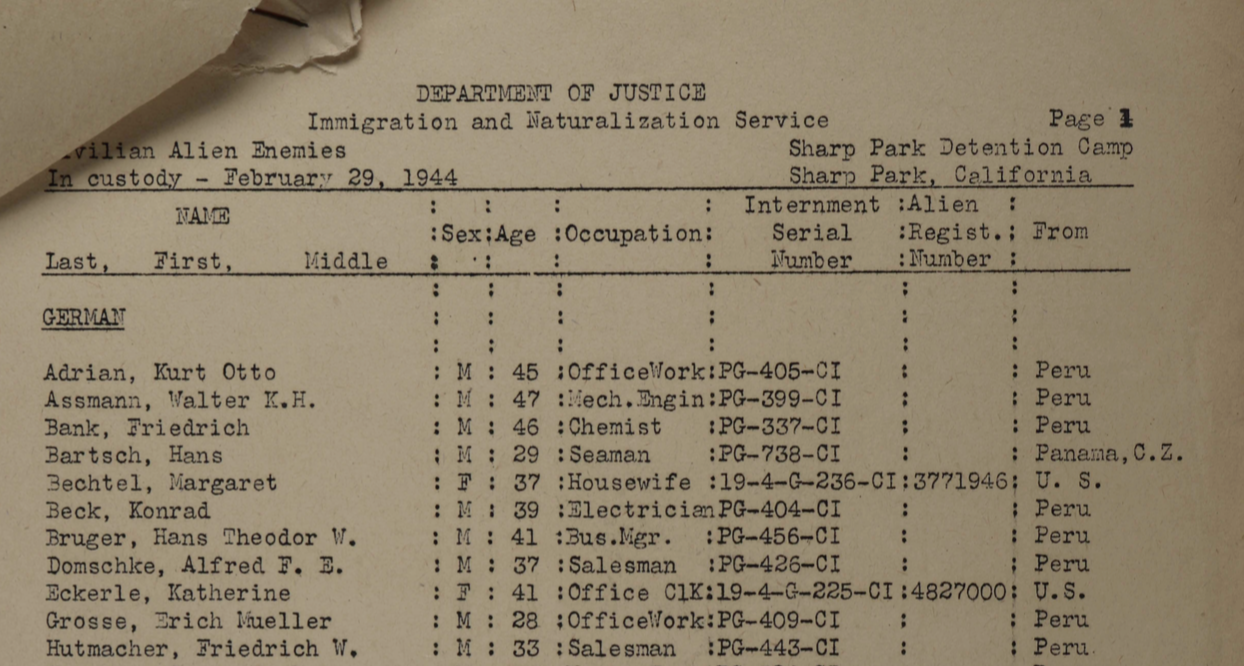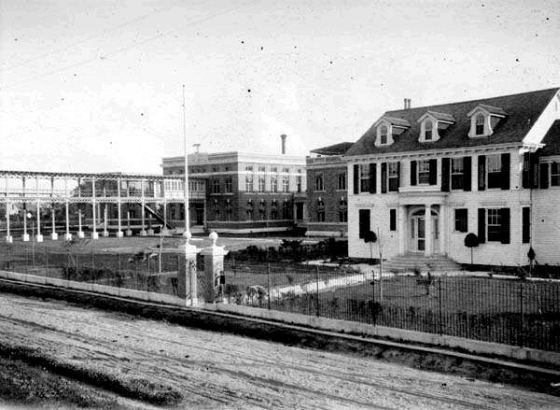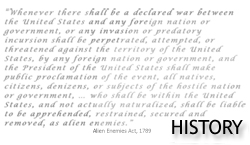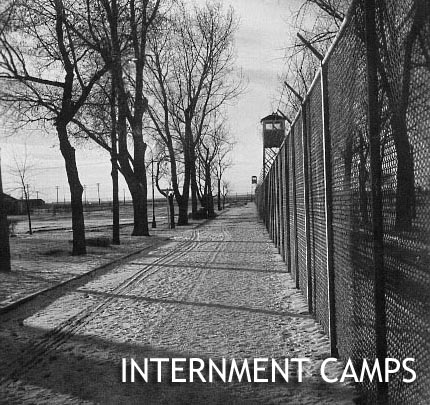About Us
The German American Internee Coalition (“GAIC”) was formed in 2005 by and for German American and Latin American citizens and legal residents who were interned by the United States during World War II. We are former internees, or their families and friends. We come from all walks of life and from countries around the world. We would like you to know our story. GAIC is a nonprofit corporation registered with the New Hampshire Department of Charitable Trusts.
Our Mission Statement & Goals
GAIC is dedicated to making public the little known United States World War II policies that led to internment, repatriation and exchange of civilians of German ethnicity, both in the United States and Latin America.
- We will educate the general public about the U.S. government’s detention and internment of over 11,000 German American and Latin American citizens and residents during World War II.
- We will reach out to former internees, their families and supporters. We will gather their stories, share information, and support their efforts to make their stories known.
- We will seek full U.S. government review and acknowledgment of the civil rights violations endured by the German American and Latin American communities.
- We will work collaboratively with other internee groups who have similar purposes. As we work toward these goals, we also hope that our efforts result in better protection of the civil liberties of future vulnerable ethnic groups.
In February 2017 we became concerned by the then President and his administration’s actions regarding immigrants. Our concerns have deepened. On March 15, 2025, President Trump invoked the Alien Enemies Act of 1798, stating that an “invasion” by a Venezuelan gang made it necessary. This allowed the administration to treat some immigrants as alien enemies, stripping them of their rights, rounding them up and deporting them to El Salvador. The Alien Enemies Act, designed for wartime use against foreign adversaries, has no place in modern immigration policy. It is time for it’s repeal. Read our statement of condemnation.
What’s New?
Ellis Island petition for release of German civilian internees
A petition was submitted to Congress on January 24, 1947, signed by 156 internees held on Ellis Island, asking for their release, rather than enforced deportation/repatriation to Germany. They requested the same for internees being held in Crystal City and other...
Ellis Island 29 Feb 1944 name list
A three page Immigration and Naturalization Service list of civilian enemy aliens of German ethnicity in custody on Ellis Island, New York Harbor, New York on 29 February 1944. (A few internees of Italian and Japanese ethnicity are included.) NARA, RG 59, State Dept,...
1944 lists of internees held in various detention stations
Following are short lists of internees of German ethnicity held in a variety of internment situations around the country during 1944. The lists include name, sex, age, alien registration number, occupation, country in which they were picked up, and in some cases, next...
Algiers, Louisiana Alien Detention Station featured in documentary
Published May 24, 2017, "Camp of the Innocents" is a documentary film about the Camp Algiers Alien Detention Station in Louisiana (near New Orleans), the Latin American civilians housed there, and the WW II Enemy Alien Control Program. Produced by Jack Collins, Joe...
Ft. Meade guard tower. Image from sketch by German internee Paul Lameyer, courtesy of his grandson, Randy Houser.






